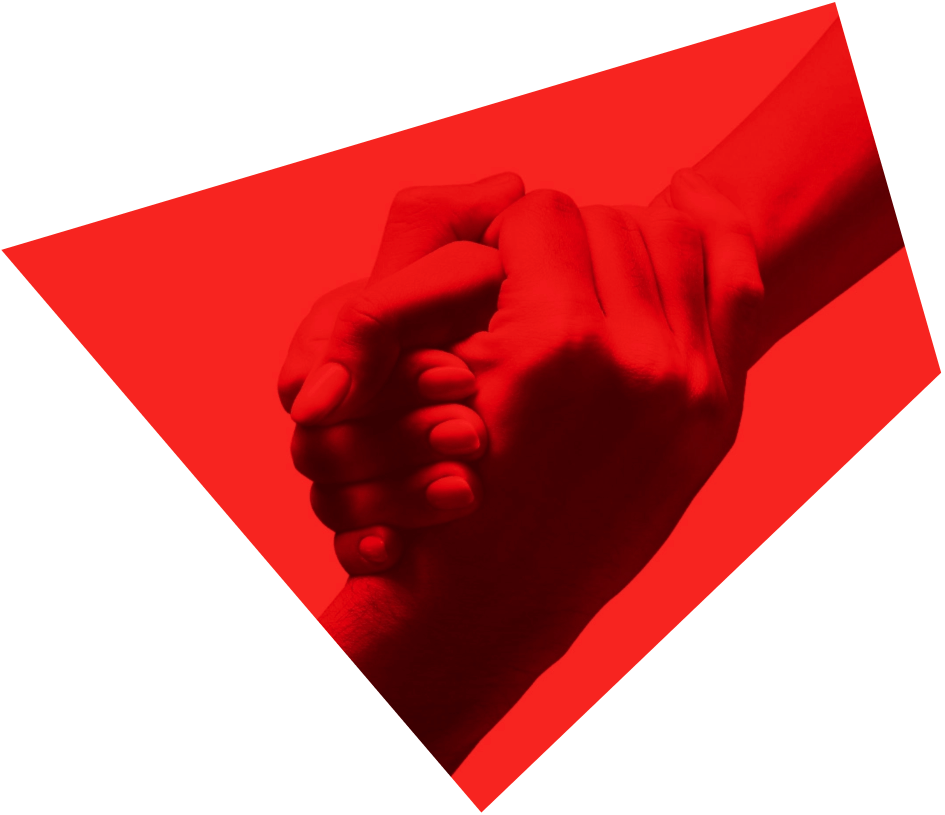Horse race journalism is once again the order of the day, even though the horse race is meaningless this far out from an election.
There are still two years to go until the next federal election, but last week media outlets and polling firms began releasing polls and prognosticating about who the next prime minister of Canada will be.
Horse race journalism is once again the order of the day, even though the horse race is meaningless this far out from an election.
Needless to say, a lot can and will change in two years — especially in politics. “Political pundit” might as well be a euphemism for fortune teller.
That said, it seems that while horse race journalism may sell, it also may play a negative role in our politics for a number of reasons.
First, coverage that focuses on polls and the race among party leaders starves voters of the coverage and information they need to reach independent opinions about both policies and candidates.
Second, the horse race lens portrays candidates as self-interested who focus only on winning and losing and not on what actually matters, something that has the effect of encouraging cynicism among voters.
And finally, as argued by Northeastern University Professor Matthew Nisbet, horse race journalism leads to coverage that seems to present a false equivalency in the treatment of meaningful issues and allows more readily for the emergence of so-called “fake news.”
This kind of journalism is often terribly uninformed and frequently misses the mark.
While developments over the past few months have been important, there is still a lot we don’t know, making predictions all but impossible.
For example, we do now know who will be leading the major federal parties against Justin Trudeau. We have seen a generational shift in our political leaders, and this will undoubtedly change the tenor and tone of election 2019. As well, for the first time in Canadian history, a major federal party will be led by a visible minority.
However, among the unknowns are what risks are ahead for those in politics. They face many — some they can control and some that they can’t.
Politicians can plan and predict how policy debates will roll out, they can strategize on how to best implement economic and environmental policy. But what they can’t isolate are international flare-ups, natural disasters and unforeseen domestic crises. Voters are often swayed by how politicians react to unanticipated and often game-changing events, not by the mundane and predictable policy debates.
Politicians all face a fundamental problem — how to govern and plan for the next election, but retain the flexibility to react to an unforeseen event.
Prime Minister Trudeau and his Liberal team are well aware of what is needed in the lead-up to the 2019 election. They know that the prime minister is well-liked by a solid percentage of Canadians. They are also acutely aware that about 30 per cent of Canadians — the Conservative base — would never in a million years consider voting for him.
They know that the prime minister now faces a young, hip, new progressive on the left — NDP Leader Jagmeet Singh. As a result, Trudeau will need to fight to retain a percentage of traditional NDP voters who sealed the deal on his majority mandate in 2015. To do this, Trudeau needs to pursue a firmly progressive agenda and make things right on Indigenous reconciliation and the environment. Easier said than done.
Many commentators have outlined this very game plan for the Liberals, especially since Singh and his Conservative counterpart Andrew Scheer’s secured their positions at the helm of their parties.
But it is naïve to believe that this is how 2019 will actually shake out.
Many things can and some will happen between now and then. The wild cards include:
- A volatile U.S. president who could, without notice, fundamentally alter Canada’s economic future, trading environment, military requirements, immigration policies and international standing.
- A North Korea, also with a volatile leader, that supposedly has the capability to strike Canada’s west coast.
- The potential threat of the kind of domestic terrorism that has affected the domestic politics of other countries.
- A complete collapse of the residential housing market.
And then there are the potential threats that are not even on the radar. All of this uncertainty makes trying to predict an election still two years away impossible.
So, next time you read a report or watch a panel speculating on who will win the 2019, consider the validity of what is presented and the possible negative impact such speculation may have on our politics.
And if you don’t agree, just ask Secretary Clinton.
Jaime Watt is the executive chairman of Navigator Ltd. and a Conservative strategist.
